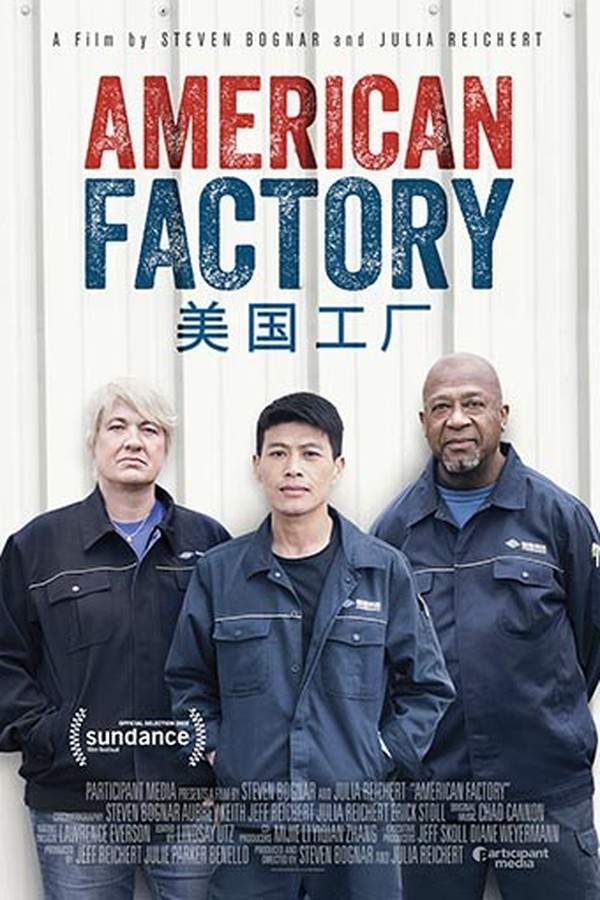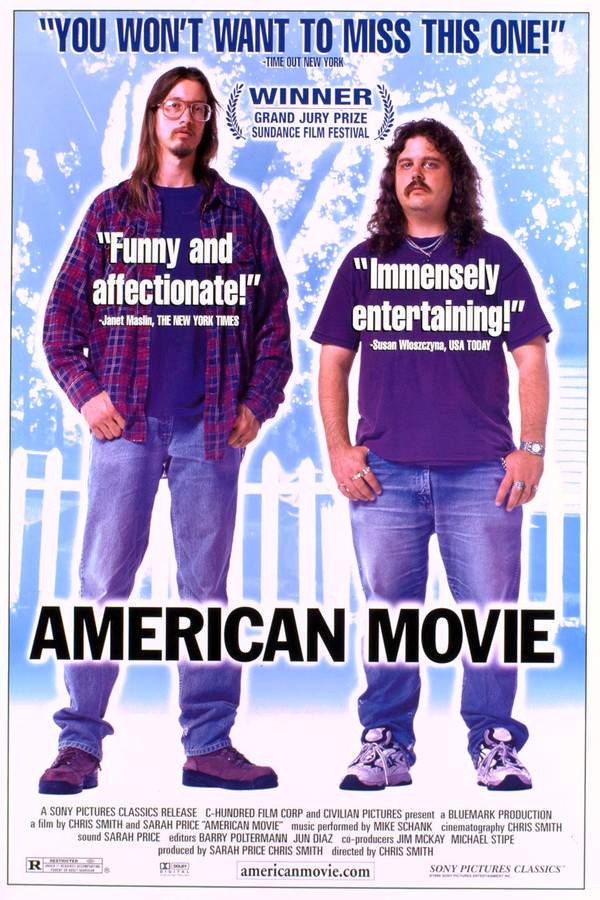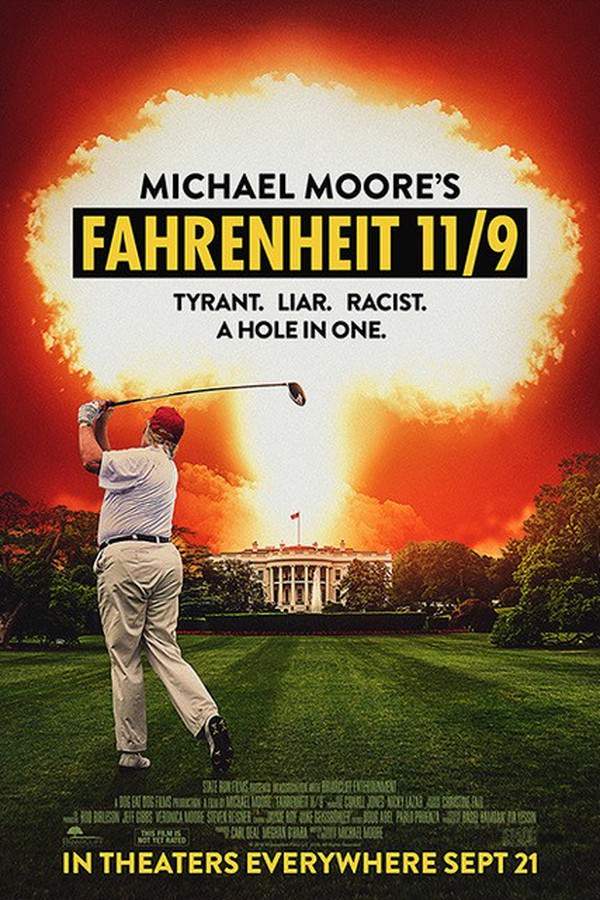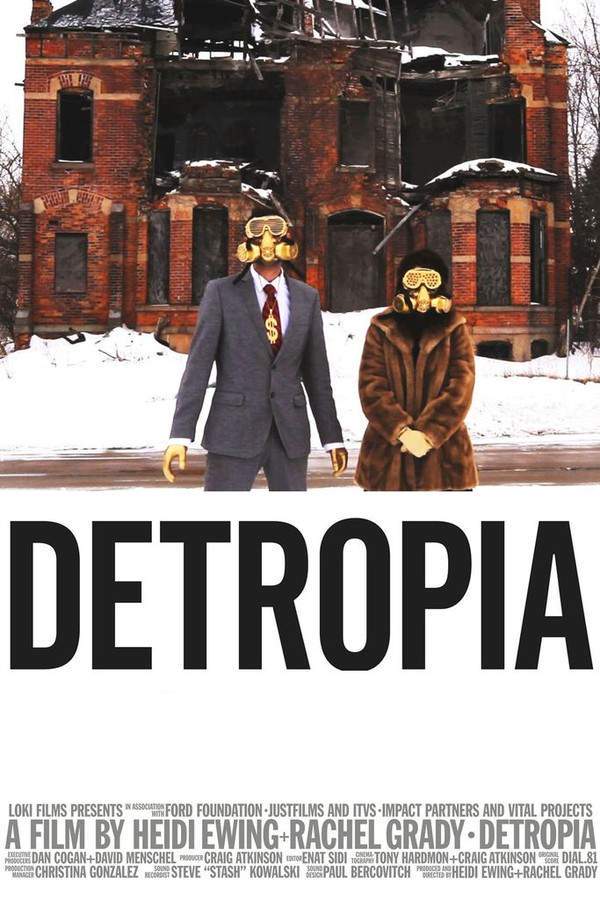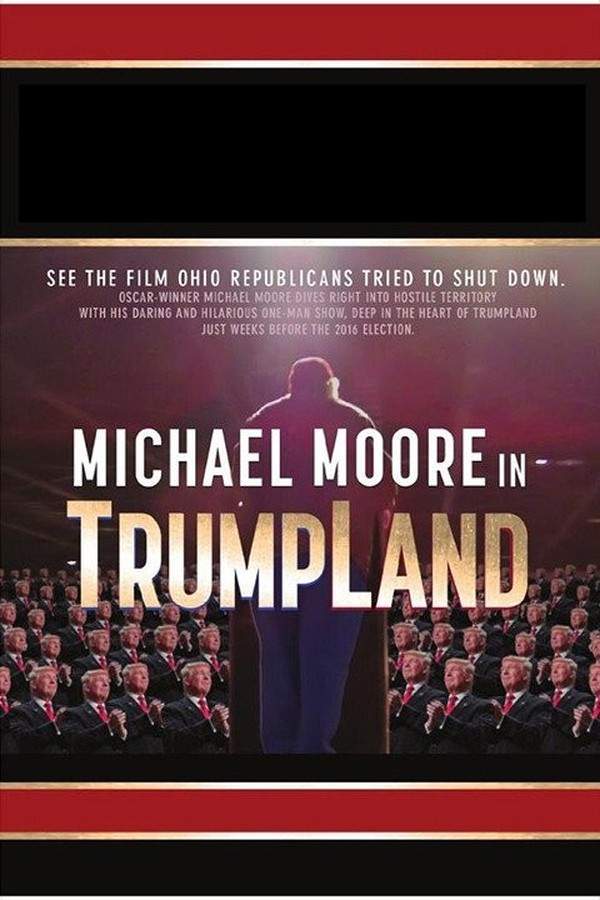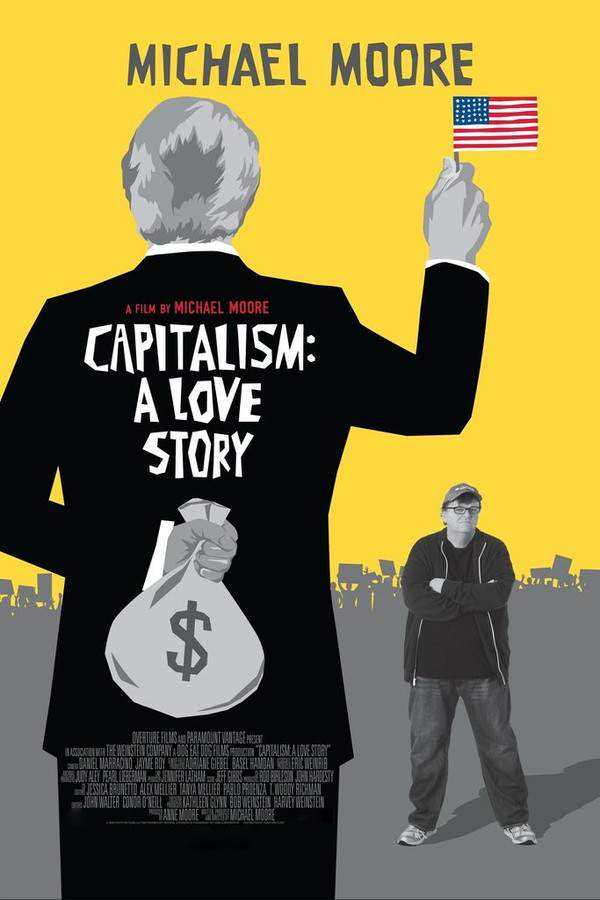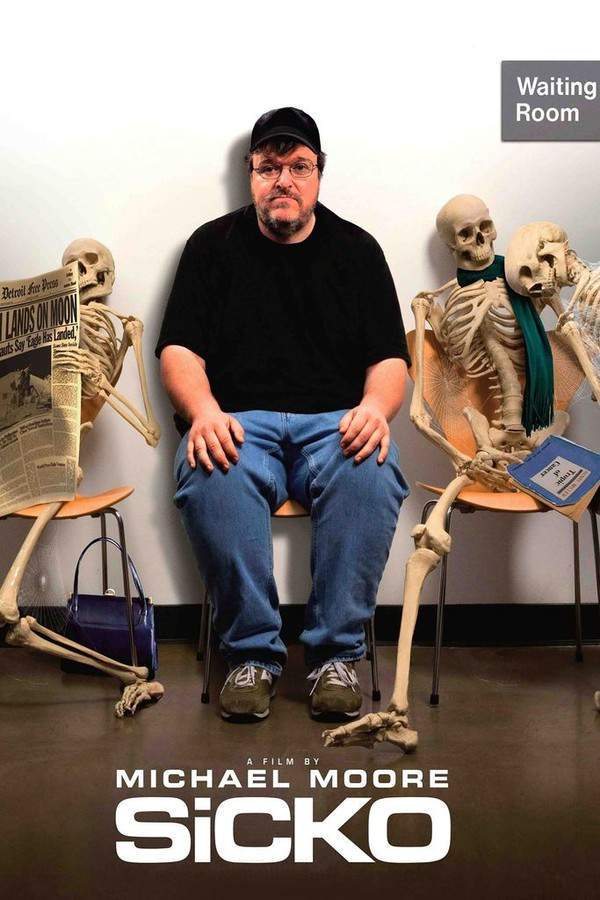Roger & Me 1989
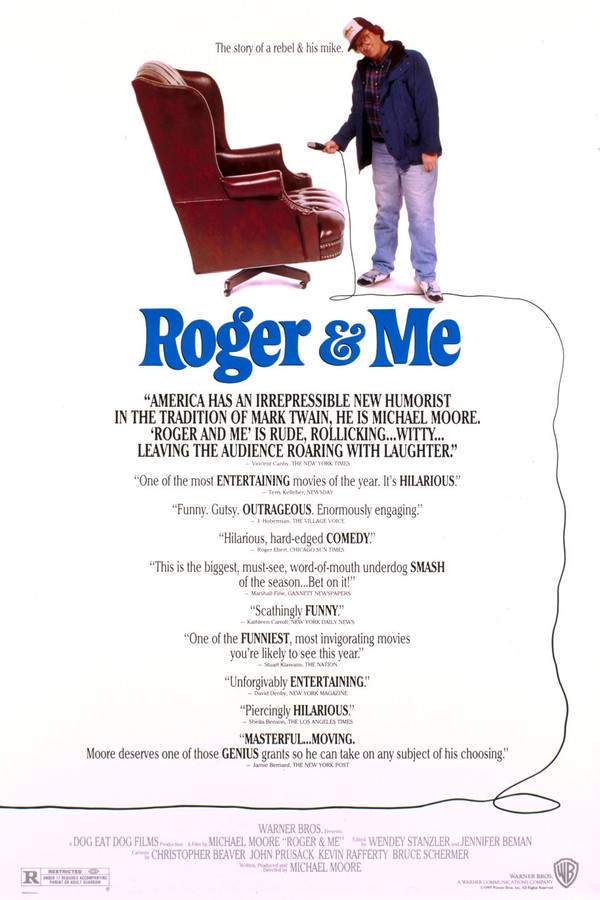
This documentary follows ex-journalist Michael Moore as he returns to his hometown of Flint, Michigan, a city grappling with the devastating impact of General Motors plant closures. Over 30,000 people are left jobless as the city experiences economic devastation and rising violence. Moore attempts to confront General Motors CEO Roger Smith, highlighting the human cost of corporate decisions and the struggles faced by the community.
Does Roger & Me have end credit scenes?
No!
Roger & Me does not have end credit scenes. You can leave when the credits roll.
Meet the Full Cast and Actors of Roger & Me
Explore the complete cast of Roger & Me, including both lead and supporting actors. Learn who plays each character, discover their past roles and achievements, and find out what makes this ensemble cast stand out in the world of film and television.
External Links and Streaming Options
Discover where to watch Roger & Me online, including streaming platforms, rental options, and official sources. Compare reviews, ratings, and in-depth movie information across sites like IMDb, TMDb, Rotten Tomatoes or Metacritic.
Ratings and Reviews for Roger & Me
See how Roger & Me is rated across major platforms like IMDb, Metacritic, and TMDb. Compare audience scores and critic reviews to understand where Roger & Me stands among top-rated movies in its genre.

70
Metascore
8.7
User Score


%
TOMATOMETER

0%
User Score

7.5 /10
IMDb Rating

71
%
User Score
Take the Ultimate Roger & Me Movie Quiz
Challenge your knowledge of Roger & Me with this fun and interactive movie quiz. Test yourself on key plot points, iconic characters, hidden details, and memorable moments to see how well you really know the film.
Roger & Me Quiz: Test your knowledge on Michael Moore's provocative documentary 'Roger & Me' and its exploration of the impact of General Motors on Flint, Michigan.
What year was 'Roger \u0026 Me' released?
1988
1989
1990
1991
Show hint
Awards & Nominations for Roger & Me
Discover all the awards and nominations received by Roger & Me, from Oscars to film festival honors. Learn how Roger & Me and its cast and crew have been recognized by critics and the industry alike.
14th Toronto International Film Festival 1989

Full Plot Summary and Ending Explained for Roger & Me
Read the complete plot summary of Roger & Me, including all major events, twists, and the full ending explained in detail. Explore key characters, themes, hidden meanings, and everything you need to understand the story from beginning to end.
Michael Moore, an unconventional and self-taught documentary filmmaker, opens the film by sharing insights about himself and his family through home movies on 8 mm film. He describes his childhood with a voice-over, characterizing himself as “kind of a strange child,” born into an Irish American Catholic family, with his father working for General Motors assembling AC Spark Plugs. Moore reflects on how General Motors shaped his upbringing in Flint, Michigan, underscoring the city’s significant history as the site of the 1937 Flint Sit-Down Strike, which led to the establishment of the United Auto Workers union. The Flint he depicts is infused with memories of local figures like Bob Eubanks, who he dubs as “Flint’s most famous native son,” alongside celebrated band members from Grand Funk Railroad, and popular personalities such as Casey Kasem and the spouses of notable figures like Zubin Mehta.
Initially escaping the stagnant blue-collar life, Moore moves to California and finds work at a magazine in San Francisco, but loses that opportunity and returns to Flint in 1985. It is during this return that General Motors announces substantial layoffs, shipping local jobs away to cheaper labor in Mexico, a decision that comes despite the company enjoying record profits. Disguised as a TV journalist from Toledo, Ohio, Moore interviews several auto workers, uncovering their deep resentment towards GM chairman Roger B. Smith.
Determined to confront Smith, Moore tries to meet him at the GM headquarters in Detroit but is thwarted by security, starting a lengthy pursuit of the elusive chairman at various venues, including the Grosse Pointe Yacht Club and the Detroit Athletic Club. As his search unfolds, Moore delves into the personal impact of the factory closures on his friends, such as speaking with a former assembly line worker named Ben Hamper, who struggles with mental health after being laid off.
The documentary portrays a chilling montage set to the Beach Boys’ “Wouldn’t It Be Nice,” showcasing the urban decay of Flint, marked by increasing layoffs and the mass exodus of residents. Contrasting narratives arise as Moore shifts his focus to the affluent surrounding suburbs, where residents exhibit ignorance and classism, as well as the misguided attempts by the Flint Convention and Visitors Bureau to boost tourism through flawed initiatives like the construction of a Hyatt Regency Hotel and AutoWorld, which quickly failed.
Prominent figures, including President Reagan, make appearances, suggesting solutions for the unemployed that include relocating across the country, while community tensions boil over with local figures such as Pat Boone and Anita Bryant attempting to lighten spirits. Moore’s encounters with figures like Bob Eubanks also highlight the disconnection between celebrity endorsements and the harsh realities of the workers.
The film culminates with Moore’s attendance at the 1988 GM Shareholders Convention, where he is ultimately shut out by Roger B. Smith when he attempts to voice the grievances of laid-off workers. Throughout, Moore captures the struggles of Flint’s residents—showcasing stories from a former radio host turned Amway saleswoman and a local resident named James Bond—as the rise in crime becomes a harrowing backdrop to the economic collapse.
In a heart-wrenching climax, after years of seeking out Smith, Moore finally confronts him at a public event, displaying a stark contrast between the chairman’s rhetoric of goodwill and the harsh realities facing Flint families, as demonstrated by the eviction of a family that worked for GM. The film ends with a lament that echoes Moore’s frustration:
“Well… I failed to bring Roger to Flint. As we neared the end of the twentieth century, the rich got richer, the poor got poorer…”
The closing credits reveal a poignant message: “This film cannot be shown within the city of Flint, for all the movie theaters have closed.”
Uncover the Details: Timeline, Characters, Themes, and Beyond!

Coming soon on iOS and Android
The Plot Explained Mobile App
From blockbusters to hidden gems — dive into movie stories anytime, anywhere. Save your favorites, discover plots faster, and never miss a twist again.
Sign up to be the first to know when we launch. Your email stays private — always.
Watch Trailers, Clips & Behind-the-Scenes for Roger & Me
Watch official trailers, exclusive clips, cast interviews, and behind-the-scenes footage from Roger & Me. Dive deeper into the making of the film, its standout moments, and key production insights.
Roger & Me Themes and Keywords
Discover the central themes, ideas, and keywords that define the movie’s story, tone, and message. Analyze the film’s deeper meanings, genre influences, and recurring concepts.
Roger & Me Other Names and Titles
Explore the various alternative titles, translations, and other names used for Roger & Me across different regions and languages. Understand how the film is marketed and recognized worldwide.
Similar Movies To Roger & Me You Should Know About
Browse a curated list of movies similar in genre, tone, characters, or story structure. Discover new titles like the one you're watching, perfect for fans of related plots, vibes, or cinematic styles.
Quick Links: Summary, Cast, Ratings, More

What's After the Movie?
Not sure whether to stay after the credits? Find out!
Explore Our Movie Platform
New Movie Releases (2025)
Famous Movie Actors
Top Film Production Studios
Movie Plot Summaries & Endings
Major Movie Awards & Winners
Best Concert Films & Music Documentaries
Movie Collections and Curated Lists
© 2025 What's After the Movie. All rights reserved.












